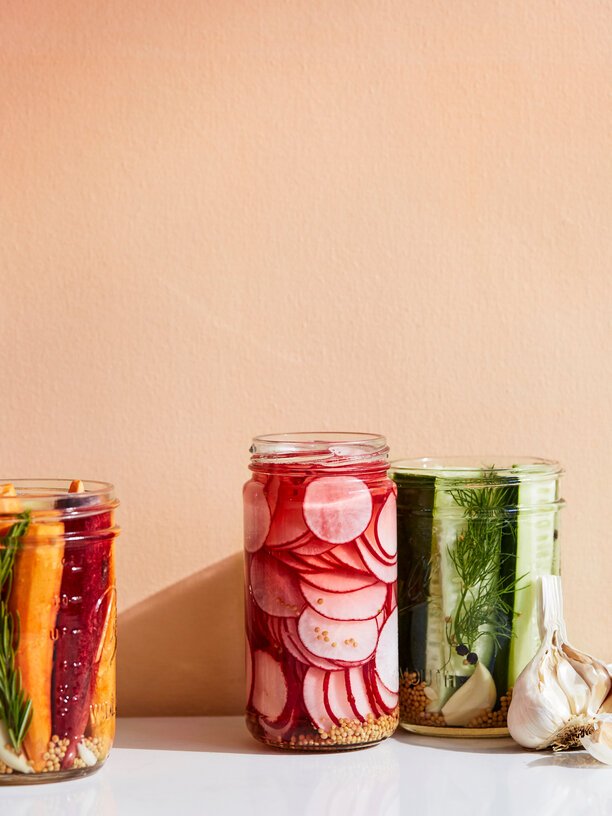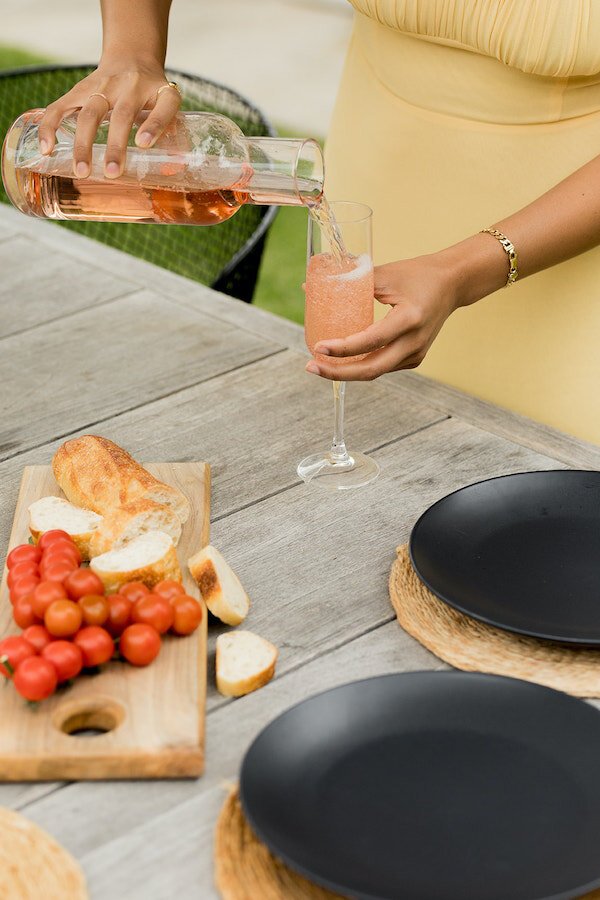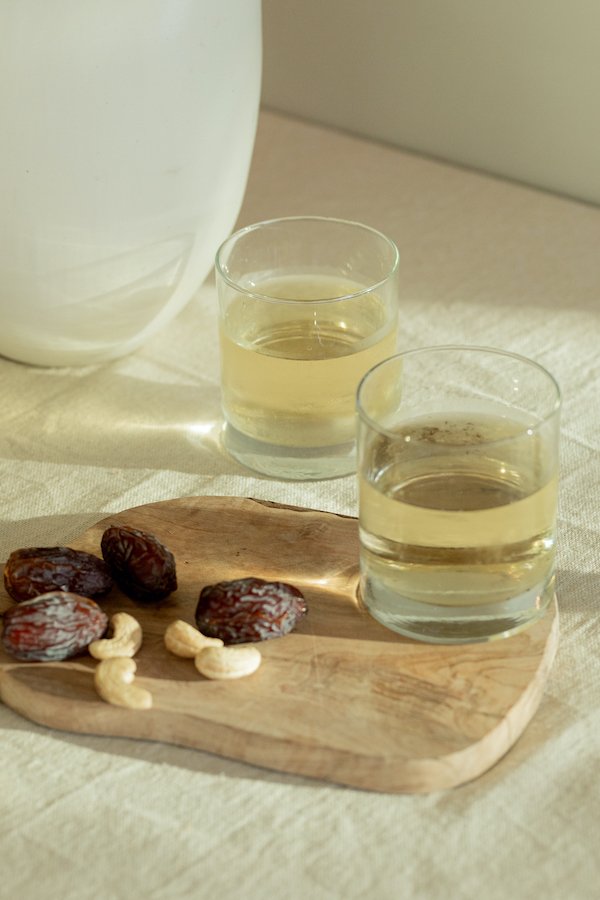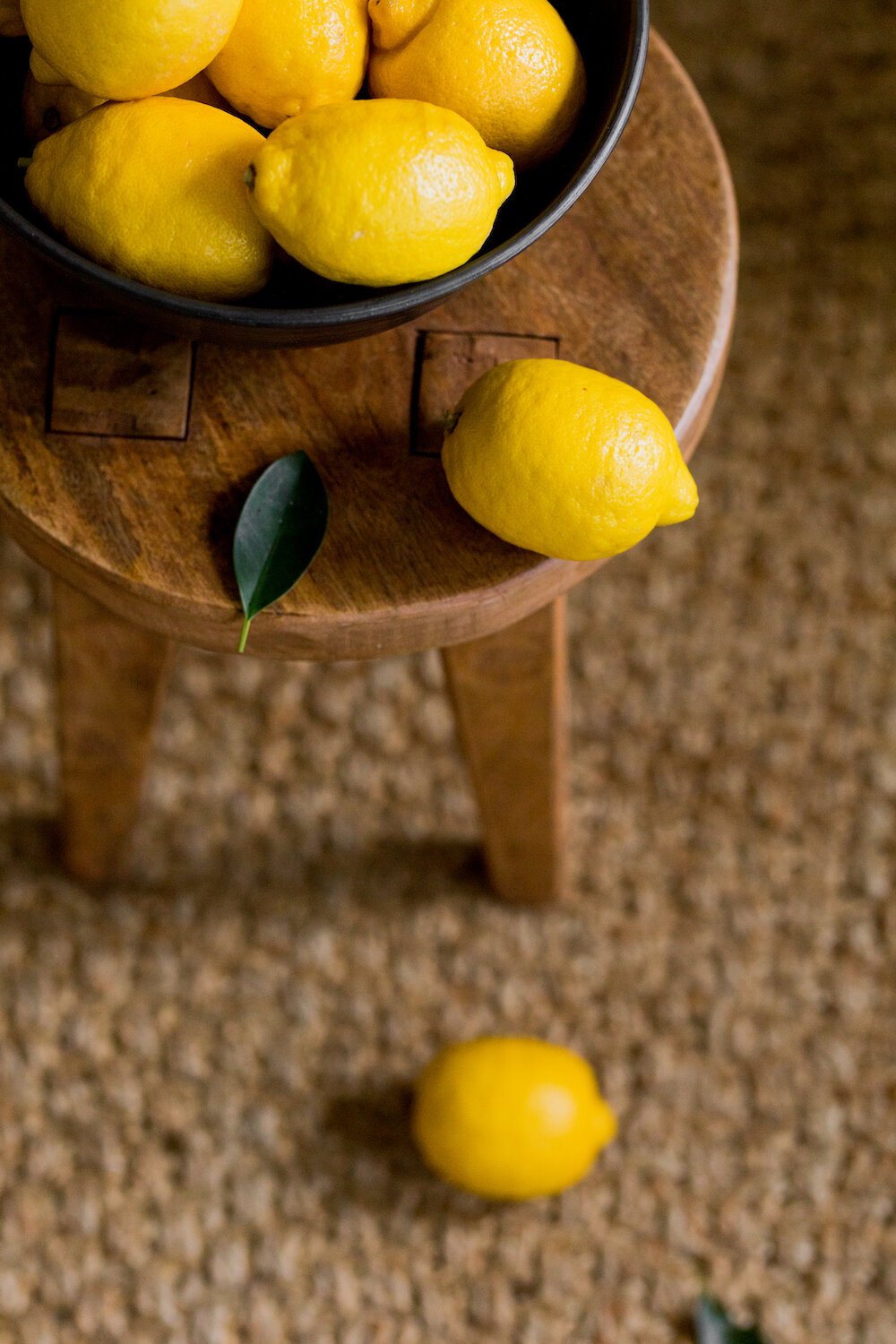
Reduce Your Kitchen Waste With These 5 Easy Ways To Preserve Food At Home
Limiting Our Food Waste Through Preservation
Like so many things in our world, we often consider our food as disposable. We throw away uneaten food that could have been preserved or cooked with a little planning. Unfortunately, food waste is a vastly overlooked contributor to climate change. As food rots in landfills, it produces methane—a greenhouse gas considered to be more potent than carbon dioxide. That said, we can help fight food waste by taking small actions within our homes.
“As food rots in landfills, it produces methane—a greenhouse gas considered to be more potent than carbon dioxide.”
Living in our modern world, the slow approach of food preservation may feel out of reach. But considering we’ve been preserving our food for thousands of years, it simply requires patience and time. Especially during this current climate of uncertainty, now is a wonderful time to hone a new skill and try food preservation.
Below are some of the most well-known methods for keeping food. They can be done at home and in your kitchen with just a few simple tools and step-by-step recipes.
We’d love to hear your favorite preservation method, too, as well as some recipes or tutorials you love. Share them in the comments below!
1. Freezing
For those looking for a simple preservation method, freezing is one of the easier options. Freezing food is a wonderful way to keep batches of soups, stock-starters, and, of course, sweet treats. Doing it correctly is what takes a bit more practice—the key is to watch for freezer burn. You’ll want to be mindful about how you package and store the frozen food.
How Long It Keeps | Generally, frozen food will keep for up to three months without losing too much flavor and texture. However, if food becomes freezer burned, it won’t taste great. We suggest using the first in, first out rule—writing the date the food was put in the freezer is helpful for keeping track.
A Tutorial We Love | This step-by-step guide for freezing food using zero waste, plastic-free containers.
Tools Required | Stainless steel containers, silicone reusable bags, wide-mouth mason jars & glass storage containers
2. Dehydrating
“This option is ideal for buying seasonal produce and dehydrating it to use throughout the year.”
Dehydrating food is one of the oldest methods of food preservation and can be done with very few tools, as long as there’s warmth and sunshine. One of the largest benefits of dehydrating is the compactness of bulk food. Almost all food can be dehydrated—think dried fruits and sun-dried tomatoes—so this option is ideal for buying seasonal produce and dehydrating it to use throughout the year. This method is more intermediate, as it can be hard to get started. But with some basic tools, tutorials, and practice, it becomes easier.
How Long It Keeps | Dehydrated food can last for years if it is packaged and dehydrated correctly. The biggest key to making the food last is ensuring the storage packaging and food are moisture-free.
A Tutorial We Love | This how-to guide offers a variety of tools, along with different ways to dehydrate.
Tools Required | Dehydrator, drying rack, or solar dehydrator, sharp knife, large pot, reusable jars & containers for storage
3. Pickling
This is the most widely used method for preserving food and includes quick pickling, canned vinegar pickles, and fermenting. All options use fresh vegetables, vinegar, and spices to extend the life of food. Fermenting is much more advanced, whereas quick pickling is a wonderful starting point for beginners. The process is relatively simple: by adding fresh vegetables (cucumbers, onions, carrots) into an acidic solution like vinegar, food is preserved for a few weeks longer and its flavor becomes tangy and sour.
How Long It Keeps | For the quick pickling method, food lasts up to four weeks and needs to be kept in the fridge immediately. For canned vinegar and fermented vegetables, items can last for months unopened in the cupboard.
A Tutorial We Love | This quick pickling guide for easy homemade pickles that can be enjoyed immediately.
Tools Required | Wide-mouth pint jars with lids, chef’s knife, cutting board
4. Fermenting
“Good bacteria grows and preserves fresh fruits and veggies while also giving the body a dose of healthy bacteria.”
This process of food preservation is one of the more advanced methods. It’s been used for hundreds of years as a way to not only preserve food but to harness healthy vitamins and minerals. Through lacto-fermentation, good bacteria grows and preserves fresh fruits and veggies while also giving the body a dose of healthy bacteria. Studies show that this bacteria is wonderful for our gut. As if we needed more reasons to love sauerkraut and kimchi. It is important to mention that fermenting food at home needs to be done with gentle care and attention as the body can be highly sensitive to the microbes being creates. This guide is a great resource for making sure you are fermenting safely.
How Long It Keeps | Fermented foods can last from months to years, especially when left unopened.
A Tutorial We Love | This YouTube video is the complete guide to fermenting for beginners.
Tools Required | Weights, chef’s knife, home-brew funnel, cutting board, cheesecloth, wide-mouth mason jars
5. Canning
There are two main types of canning: water bath canning, used for high-acid foods like fruits and sauces, and pressure canning, used for meats, seafood, and vegetables. The goal of canning is to preserve food for a long period of time without it rotting or spoiling. The process of heating food inside a jar or can at high temperatures inactivates the enzymes that cause food to go bad. When the heated jar cools, the food expands and pushes air out of the jar. Just like with the safety of fermenting your own food, canning needs to be done properly and safely as well. This USDA guide to home canning is a helpful resource for taking the right steps in preparing food for being canned.
How Long It Keeps | Canned food can remain shelf-stable for up to one year.
A Tutorial We Love | This masterclass guide for canning is broken into chapters.
Tools Required | Canning jar lifter, ladle, large pot, canning jars, wide-mouth funnel
Do you have favorite preservation method, recipe, or tutorial? Share in the comments below!
RELATED READING
Courtney Jay Higgins is the Associate Editor at The Good Trade. She is also a Yoga Instructor, vegetarian, wellness and fashion enthusiast. Originally from Colorado, her soul found California when she came to get her degree in Visual Communications at the Fashion Institute Of Design & Merchandising. She has a background in telling a story through writing, creative direction and content creation. Check out her blog and Instagram for her unique perspective on the mergence of fashion and spirituality.





